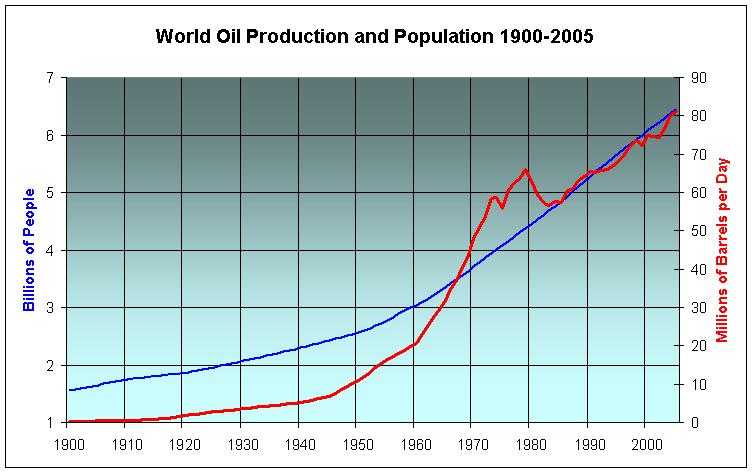Scientists have succeeded in coordinating the movements of the biped’s legs so that it can walk in one direction along a DNA track without the need of intervention at each step.
Scientists have succeeded in coordinating the movements of the biped’s legs so that it can walk in one direction along a DNA track without the need of intervention at each step.
Scientists at the University of Pennsylvania used basic engineering principles derived from studying natural proteins to design from scratch a simple and small protein that performed the function of carrying oxygen that is performed by natural globin proteins.
“The time will come when people will travel in stages moved by steam engines from one city to another, almost as fast as birds can fly, 15 or 20 miles an hour…. A carriage will start from Washington in the morning, the passengers will breakfast at Baltimore, dine at Philadelphia, and sup in New York… Continue reading Nanotechnology without Engines
There’s been much note in the blogosphere in recent days about Aberystwyth University’s Robot Scientist project and its Adam robot: Since the project has been going on for quite a few years, the reason it’s suddenly in the news is presumably the publication of a report, The Automation of Science, in Science.
Google has started a venture-capital unit to fund new technologies, including nanotechnology.
A piece in The Christian Science Monitor compares Nadrian Seeman, founder of the field of structural DNA nanotechnology and winner of the 1995 Foresight Feynman Prize in Nanotechnology, with Henry Ford—implying that his recent accomplishment with his collaborators in creating a two-armed DNA nanorobot could point to a role for DNA nanorobots in future nanotech… Continue reading A DNA nanotechnology road to molecular assembly lines?
A Newsdesk feature by Kelly Morris titled “Nanotechnology crucial in fighting infectious disease” in the April 2009 issue of Lancet Infectious Diseases surveys some highlights in developing nanotech efforts to prevent, diagnose, and treat infectious diseases. Examples include detecting disease through lab-on-a-chip technology featuring cantilevers that move upon binding antigens and nanowires that detect current… Continue reading Promise of nanotechnology for fighting infectious diseases will balance public's safety concerns
The power density is large compared to that of macroscale motors: >1e15 W/m^3. For comparison, Earth intercepts ~1e17 watts of solar radiation. (Cooling constraints presumably preclude the steady-state operation of a cubic meter of these devices at this power density.) Nanosystems p. 339 It is difficult, even for someone who has been working with these… Continue reading More energy
Wrapping Single-Walled Carbon Nanotubes (SWNTs) with a molecular sleeve made from an analog of Vitamin B2 protects the SWNTs from defects caused by oxygen and renders them much more useful for nanotech applications.

Everybody knows that the world is running out of oil. The predicted year of the peak varies from 2000 to 2100, but it is generally conceded that it won’t last forever. Of course, economists know that when you have a scarce resource, it doesn’t just suddenly run out: the price rises, more expensive sources or… Continue reading Sustainable energy